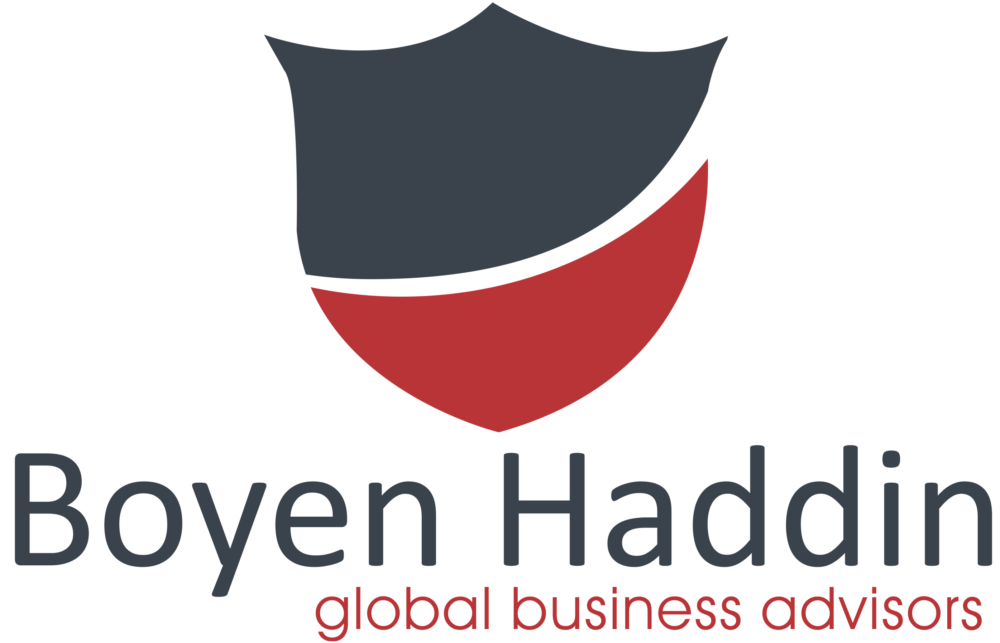Challenges of Managing Interim Talent and How to Overcome Them”
Managing interim talent comes with its own set of challenges. Here are some common challenges and strategies to overcome them:
1. Integration with Existing Teams:
- Challenge: Interim professionals may struggle to integrate with existing teams, leading to communication gaps and cultural clashes.
- Solution:
- Facilitate team-building activities to foster relationships.
- Clearly communicate the role of the interim professional and the benefits they bring.
- Encourage open communication and regular check-ins.
2. Aligning with Organizational Culture:
- Challenge: Ensuring that interim talent aligns with your organization’s culture and values can be difficult.
- Solution:
- Share your organization’s culture and values during onboarding.
- Choose interim professionals whose values align with your organization’s.
- Assign a mentor or buddy to help them acclimate.
3. Knowledge Transfer:
- Challenge: Temporary executives need to quickly grasp the organization’s unique processes and history.
- Solution:
- Develop comprehensive handover plans.
- Ensure knowledge transfer through documentation and regular meetings.
- Encourage outgoing and incoming executives to collaborate.
4. Managing Expectations:
- Challenge: Conflicting expectations can arise, especially if interim executives are perceived as potential long-term hires.
- Solution:
- Clearly define expectations from the outset.
- Set realistic goals and performance metrics.
- Maintain transparent communication about the interim nature of the role.
5. Resistance to Change:
- Challenge: Resistance from existing employees who may view interim talent as a threat or disruptor.
- Solution:
- Communicate the benefits of interim talent to existing staff.
- Address concerns openly and empathetically.
- Highlight the opportunity for learning and skill development.
6. Short-Term Focus vs. Long-Term Strategy:
- Challenge: Interim talent often focuses on immediate issues, potentially neglecting long-term strategic thinking.
- Solution:
- Balance short-term goals with long-term strategy.
- Include interim talent in strategic discussions.
- Set clear expectations for both immediate and long-term priorities.
7. Engagement and Motivation:
- Challenge: Interim professionals may not feel as invested in the organization’s success as permanent employees.
- Solution:
- Recognize and reward interim professionals for their contributions.
- Provide opportunities for professional development and skill enhancement.
- Engage them in meaningful projects that align with their expertise and interests.
8. Transition Planning:
- Challenge: A lack of clarity regarding the transition process when the interim role concludes.
- Solution:
- Establish a clear transition plan from the beginning.
- Define the criteria for transitioning responsibilities back to permanent staff or the next interim leader.
- Communicate the timeline for transition and ensure knowledge transfer.
9. Legal and Contractual Issues:
- Challenge: Managing contracts, negotiations, and legal aspects of hiring interim talent.
- Solution:
- Involve legal counsel to draft clear and comprehensive contracts.
- Ensure compliance with labor laws and regulations.
- Document all contractual terms and obligations thoroughly.
10. Performance Monitoring:
- Challenge: Assessing the performance of interim professionals and holding them accountable.
- Solution:
- Establish key performance indicators (KPIs) and regular evaluation checkpoints.
- Provide constructive feedback and coaching.
- Adjust expectations and objectives as needed throughout the engagement.
By addressing these challenges proactively and with a well-thought-out strategy, organizations can maximize the benefits of interim talent while mitigating potential issues that may arise during their tenure.


